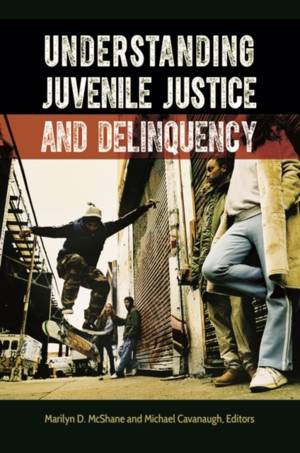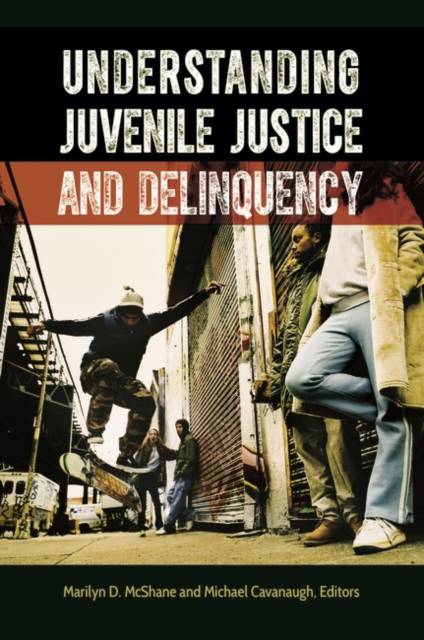
- Retrait gratuit dans votre magasin Club
- 7.000.000 titres dans notre catalogue
- Payer en toute sécurité
- Toujours un magasin près de chez vous
- Retrait gratuit dans votre magasin Club
- 7.000.000 titres dans notre catalogue
- Payer en toute sécurité
- Toujours un magasin près de chez vous
Understanding Juvenile Justice and Delinquency
Marilyn McShane, Michael Cavanaugh
Livre broché | Anglais
48,95 €
+ 97 points
Format
Description
This book provides a comprehensive, cutting-edge look at the problems that impact the way we conduct intervention and treatment for youth in crisis today--an indispensable resource for practitioners, students, researchers, policymakers, and faculty working in the area of juvenile justice.
Understanding Juvenile Justice and Delinquency provides a concise overview of the most compelling issues in juvenile delinquency today. It covers not only the range of offenses but also the offenders themselves as well as those impacted by crime and delinquency. All of the chapters contain up-to-date research, laws, and data that accurately frame discussions on youth violence, detention, and treatment; related issues such as gangs and drugs; the consequences for scholars, teachers, and students; and best practices in intervention methods. The book's organization guides readers logically from the broader definitions and parameters of the study of juveniles to the more specific. The volume leads with an explanation of the relationship between victimization and juvenile behavior and sets up boundaries of the arenas of delinquency--from the family to the streets to cyberspace. The book then focuses on more specific populations of offenders and offenses, including recent, emerging issues, offering the most accurate information available and cutting-edge insight into the issues that affect youth in custody and in our communities.Spécifications
Parties prenantes
- Auteur(s) :
- Editeur:
Contenu
- Nombre de pages :
- 270
- Langue:
- Anglais
Caractéristiques
- EAN:
- 9781440843594
- Date de parution :
- 10-11-15
- Format:
- Livre broché
- Format numérique:
- Trade paperback (VS)
- Dimensions :
- 155 mm x 234 mm
- Poids :
- 476 g







